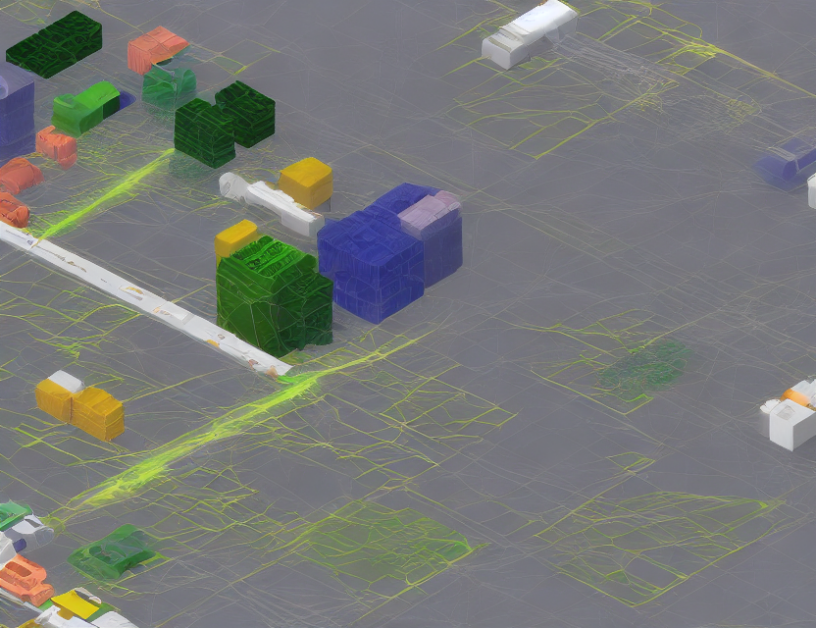Imagine you have a magical tool that can transform any image into a realistic version with just a few clicks. Sounds too good to be true? Well, it’s not! In this article, we’ll dive into the world of diffusion models and explore their incredible potential for text-based image editing. We’ll demystify complex concepts by using everyday language and engaging metaphors to help you understand how these models work their magic.
What are Diffusion Models?
Diffusion models are like a team of skilled artists working together to create an image. They use a series of small modifications, called "diffusions," to gradually transform an original image into a new, improved version. These modifications are based on the properties of the image itself, such as colors and shapes, allowing the model to preserve the essence of the original while making subtle improvements.
The Magic of Diffusion Models
Diffusion models have been around for a while, but they’ve recently gained popularity in the field of computer vision due to their impressive capabilities. Imagine you have an old, blurry image of your favorite landscape. With a diffusion model, you can transform it into a crystal-clear picture that looks like new! And the best part? It only takes a few minutes to achieve this transformation, much faster than traditional methods.
Adversarial Diffusion Models
But wait, there’s more! Adversarial diffusion models take things to the next level by incorporating an additional team of "adversaries" that help refine the image even further. These adversaries are like tiny critics that scrutinize every detail of the image, ensuring it looks as realistic as possible. By balancing the work of these adversaries with the original team of artists, diffusion models can create images that are not only improved but also more diverse and creative.
Unsupervised Image Denoising
Now, here’s where things get really interesting. Unsupervised image denoising means removing noise from an image without any prior knowledge or guidance. It’s like trying to clean a dirty window without looking at the dirt – you just need to keep rubbing until it’s sparkling clean! Diffusion models can achieve this impossible task with ease, making them a game-changer in the field of computer vision.
Conclusion
In conclusion, diffusion models are like magic wands that transform images into realistic masterpieces with just a few clicks. By understanding how these models work and their incredible potential, we can unlock new possibilities for image generation and denoising. So, the next time you need to enhance an image, remember – there’s a little bit of magic in every diffusion!



